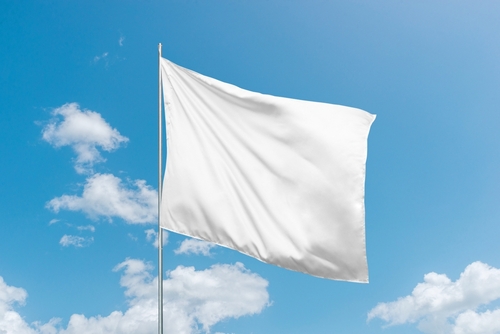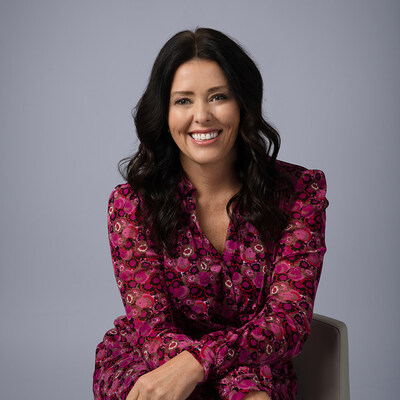Those in our industry seem to fall along two camps with respect to media consumption, those who consume primarily, if only exclusively, demand based content, e.g., online-delivered content. And the old school, often older among us that still like to watch TV. If you fall into the latter, you will have had a hard time not seeing the battle going on between Verizon Wireless and AT&T, two companies that already have no love for each other. At the heart of the battle is the their ongoing conquest for mobile customers. In their battle, these companies, and all mobile providers generally, know that price has become a commodity on two weapons more often than others – devices and coverage. These companies, like most who promote products, have long relied on devices as a means for luring new customers, no different than how networks use an exclusive offer in our space. Coverage, too, has become an unlikely hot button, years ago simply referring to where one could get cell service. More recently, the notion of coverage has focused more around a network’s 3G ability.
I can’t say I envy those responsible for doing the marketing for mobile providers. It reminds me of stories I have heard about people who work for consumer packaged goods, where they take it to the extreme and become bizarrely passionate about something the rest of us can’t quite match, like potato chips. With coverage, the focus shifted to less about where a cell works and more where a person can leverage their smartphones. It takes the fun out of having a shiny new toy if you can only use it for phone calls and not for any web activities. As a result, marketers for the various providers have found nuanced ways of touting their 3G supremacy, from the fastest 3G, more reliable 3G, largest 3G, to even being the first 4G. It wasn’t until recently, though, that one of them found a way to make the concept of 3G digestable for the public, for whom the term 3G means little and as does the fact that each provider seems to offer the best 3G. So, enter Verizon. They have become a fixture of popular culture with their tagline, but they have not had the benefit of a truly killer device to lure people. That distinction of course belongs to AT&T and the iPhone whose product demonstration based commercials ooze gadget sex appeal thanks to Apple’s App store, with commercials solving life’s problems in the familiar "There’s an App for That" answer.
Not able to compete on device, Verizon has figured out how to compete on coverage by attempting to create some doubt on the device because of the network on which it resides. Almost everyone I know who uses an iPhone struggles to find something complimentary to say about the network which almost guarantees them multiple dropped calls, the same network which came in last in customer service as well. Enter the "There’s a Map for That" campaign, now having iterated itself into overkill, that explains why users of AT&T can’t seem to enjoy all the features of the cell phone, whereas those on Verizon do thanks to the latter having five times the 3G coverage of the former. It is harder to do a more direct attack than what we have seen with Map vs. App. Most interestingly though is not that Verizon has waged war but how real-time this battle has become on a medium that typical sees much more planned rollouts, for AT&T has already rolled out its response to the Verizon campaigns, not to mention filing a lawsuit claiming the maps confuse people. Showing the size of the resources deployed, AT&T’s rebuttal campaigns not only run non-stop in prime time, they also include actor Luke Wilson.
While fascinating and what feels like unprecedented, the novelty has worn off, yet again making me appreciate our space more. There are brands that engage in performance marketing, but when we look at the concentration of dollars, 2009 will go down as the year of the no-brand. We, the marketers of the no brands are like a delta force in the battle for marketing supremacy. The brands on the other hand must operate like an infantry division. They require massive coordination and big bets every time. In times of war, they move faster and can employ different strategies, like we see today with the almost non-stop coverage, but theirs is almost always by definition an invasion. We on the other hand, as the delta force, can also make a big impact, but ours will always be different. We can sometimes overlap in the media we choose, e.g., performance marketers use television, brand marketers use search and social, but our group is used for very different outcomes. And like the delta force, much of what we do must stay buried, the subject of lore, not published. We are highly effective, highly influential, but we are not conquers. And, as we have seen this year, we work best operating in plain sight without any attention focused our way. When the attention comes it is almost always a bad thing. It is a balance that we must maintain if we want to continue what we do. We don’t want our cover blown. We’re on the verge of that in some cases now, of countries figuring out that operatives are there. If there is one word, though, that defines the performance marketers, it is persevere.
 Network
Network

